
When coated onto plastic tubing, the catalysts could act on chemicals flowing through, helping to synthesize drugs and other compounds. Chemical reactions that are driven by light offer a powerful…
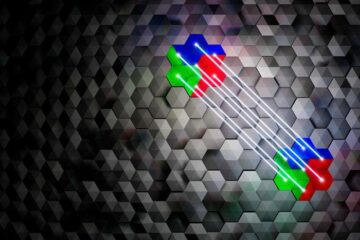
For quantum computers to be useful in practice, errors must be detected and corrected. At the University of Innsbruck, Austria, a team of experimental physicists has now implemented a universal…
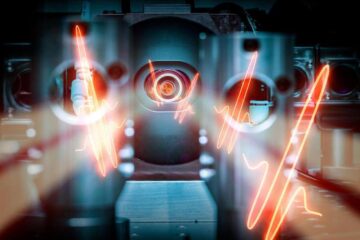
Scientists from Hamburg and Munich developed the world’s most powerful dual-comb spectrometer that paves the way for many applications in atmospheric science and biomedical diagnostics, such as early cancer detection….
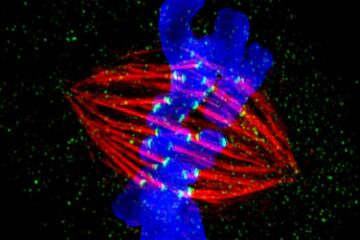
Study shows how meiotic cohesin complexes affect chromosome structure and genomic integrity – and the long-term implications of their effects on the stem cell genome. Chromosomes undergo precise structural changes…
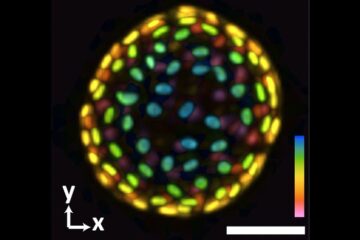
Jia lab develops next generation system for imaging organoids. Biomedical researchers develop and use organoids as a tool for studying human development and disease. These little lab-grown cultures mimic human…
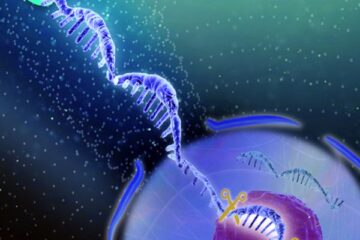
An interactive web portal developed by scientists at KAUST offers a platform for cancer researchers to interrogate how RNA splicing in noncoding parts of genes fuels the growth of different…

Curtin study. New Curtin University-led research has uncovered what may be the oldest direct evidence of ancient hot water activity on Mars, revealing the planet may have been habitable at…

An inaugural measurement of the neutron will help physicists learn about nucleon structure and spin. Protons and neutrons–known collectively as nucleons–are the building blocks of matter, but one of these…

A massive collision of galaxies sparked by one travelling at a scarcely-believable 2 million mph (3.2 million km/h) has been seen in unprecedented detail by one of Earth’s most powerful…

Working with week-old zebrafish larva, researchers at Weill Cornell Medicine and colleagues decoded how the connections formed by a network of neurons in the brainstem guide the fishes’ gaze. The…

…uncover key mechanisms related to cognitive function. Discovery suggests broad implications for giving brain a boost. While it’s well known that sleep enhances cognitive performance, the underlying neural mechanisms, particularly…

Protein design aims to create customized antibodies for therapies, biosensors for diagnostics, or enzymes for chemical reactions. An international research team has now developed a method for designing large new…

A large number of 2D materials like graphene can have nanopores – small holes formed by missing atoms through which foreign substances can pass. The properties of these nanopores dictate many…

KIT researchers produce metamaterial with different extension and compression properties than conventional materials. With this material, the working group headed by Professor Martin Wegener at KIT’s Institute of Applied Physics…

Most people think of coffee cups, bathroom tiles or flower pots when they hear the word “ceramic”. Not so Frank Clemens. For the research group leader in Empa’s Laboratory for…

New deep learning architecture enables higher efficiency. It is the computational processing of images that reveals the finest details of a sample placed under all kinds of different light microscopes….

Humans and animals move with remarkable economy without consciously thinking about it by utilizing the natural oscillation patterns of their bodies. A new tool developed by researchers at the Technical…

AI-enhanced metalenses achieve high-resolution, full-color imaging for compact optical systems. Modern imaging systems, such as those used in smartphones, virtual reality (VR), and augmented reality (AR) devices, are constantly evolving…